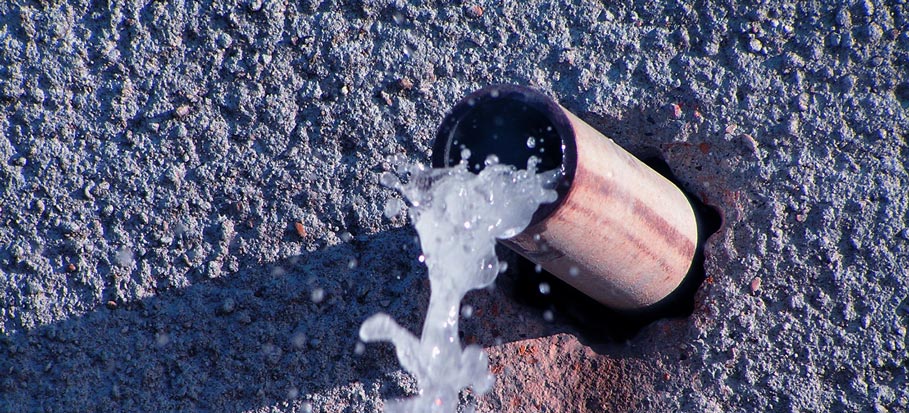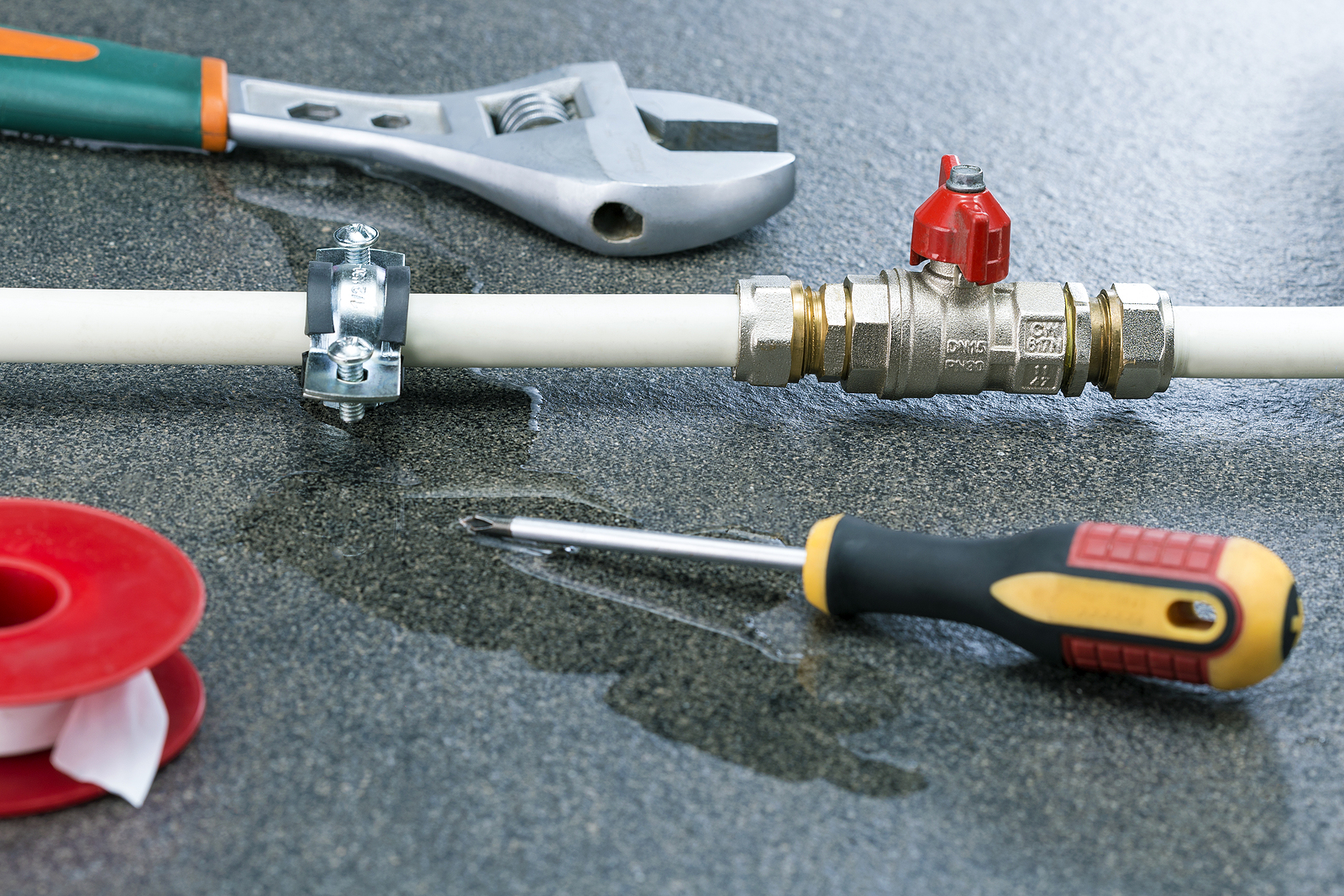Overview To Water Leak Detection In The House
Overview To Water Leak Detection In The House
Blog Article
Right here down the page you can locate a bunch of sound answers in relation to Finding hidden leaks.

Early detection of dripping water lines can mitigate a prospective disaster. Some tiny water leakages may not be visible.
1. Examine the Water Meter
Every home has a water meter. Checking it is a guaranteed manner in which helps you find leakages. For starters, shut off all the water resources. Make certain nobody will certainly flush, utilize the tap, shower, run the cleaning device or dish washer. From there, most likely to the meter and watch if it will certainly transform. Because nobody is using it, there need to be no movements. That indicates a fast-moving leak if it relocates. If you spot no modifications, wait a hr or 2 and also check back again. This implies you might have a slow-moving leakage that can also be underground.
2. Inspect Water Usage
Examine your water costs and also track your water intake. As the one paying it, you should notice if there are any discrepancies. If you find sudden changes, despite your consumption being the same, it means that you have leaks in your plumbing system. Keep in mind, your water costs must drop under the exact same variety monthly. An unexpected spike in your bill indicates a fast-moving leakage.
At the same time, a constant increase each month, even with the exact same routines, shows you have a sluggish leakage that's additionally slowly rising. Call a plumber to completely check your residential or commercial property, especially if you really feel a warm location on your floor with piping underneath.
3. Do a Food Coloring Examination
When it concerns water intake, 30% comes from toilets. Examination to see if they are running correctly. Decline specks of food shade in the storage tank and wait 10 mins. There's a leakage between the container and dish if the color in some way infiltrates your dish during that time without flushing.
4. Asses Outside Lines
Do not fail to remember to examine your outdoor water lines too. Examination faucets by attaching a yard hose. Ought to water permeate out of the connection, you have a loose rubber gasket. Change this and also guarantee all links are limited. It will help obtain it properly examined as well as preserved yearly if you have actually obtained a lawn sprinkler system. One tiny leak can lose lots of water and also increase your water bill.
5. Examine as well as Assess the Scenario
Home owners need to make it a habit to check under the sink counters and also inside closets for any kind of bad odor or mold and mildew development. These 2 warnings suggest a leak so punctual focus is called for. Doing regular assessments, also bi-annually, can save you from a major problem.
If you know your home is currently old, maintain a watchful eye on your heaters, hoses, pipelines etc. Check for stainings and also deteriorating as a lot of pipelines and also home appliances have a life expectancy. They will certainly additionally naturally deteriorate as a result of damage. Do not wait for it to intensify if you suspect dripping water lines in your plumbing system. Call an expert plumber immediately so you do not end up with a terrible mess in your house.
Early discovery of dripping water lines can alleviate a potential calamity. Some small water leakages might not be visible. Inspecting it is a guaranteed means that helps you uncover leaks. One small leak can lose lots of water and also surge your water costs.
If you think dripping water lines in your plumbing system, don't wait for it to intensify.
WARNING SIGNS OF WATER LEAKAGE BEHIND THE WALL
PERSISTENT MUSTY ODORS
As water slowly drips from a leaky pipe inside the wall, flooring and sheetrock stay damp and develop an odor similar to wet cardboard. It generates a musty smell that can help you find hidden leaks.
MOLD IN UNUSUAL AREAS
Mold usually grows in wet areas like kitchens, baths and laundry rooms. If you spot the stuff on walls or baseboards in other rooms of the house, it’s a good indicator of undetected water leaks.
STAINS THAT GROW
When mold thrives around a leaky pipe, it sometimes takes hold on the inside surface of the affected wall. A growing stain on otherwise clean sheetrock is often your sign of a hidden plumbing problem.
PEELING OR BUBBLING WALLPAPER / PAINT
This clue is easy to miss in rooms that don’t get much use. When you see wallpaper separating along seams or paint bubbling or flaking off the wall, blame sheetrock that stays wet because of an undetected leak.
BUCKLED CEILINGS AND STAINED FLOORS
If ceilings or floors in bathrooms, kitchens or laundry areas develop structural problems, don’t rule out constant damp inside the walls. Wet sheetrock can affect adjacent framing, flooring and ceilings.
https://www.servicemasterbyzaba.com/blog/how-to-detect-water-leakage-in-walls/

Do you like reading up on Top leak detection hacks? Put a remark further down. We'd be pleased to hear your insights about this posting. In hopes that you come back again in the future. Sharing is nice. You never know, you will be helping someone out. Many thanks for your time. Please pay a visit to our website back soon.
Report this page